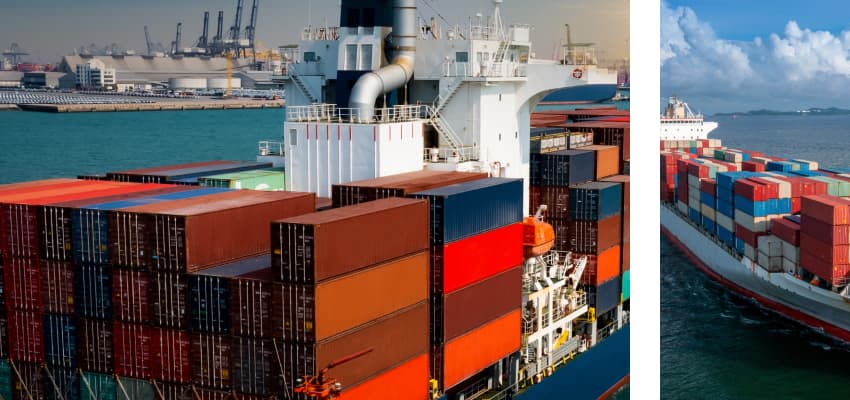- Phone :
- Email : info@maritimeslogistics.com


Shipping freight refers to the transportation of large quantities of goods or cargo by sea, air, or land. Freight can be shipped in various types of containers such as boxes, crates, barrels, or pallets. The transportation of goods by freight is typically arranged through a shipping company or freight forwarder, which handles the logistics of the shipment, including the booking of cargo space, transportation, customs clearance, and delivery
Sea freight involves the transportation of cargo by ships. This is the most commonly used mode of transportation for heavy and bulky goods, as it is cost-effective and can handle large volumes of cargo.
Vestibulum ac diam sit amet quam vehicula elementum sed sit amet dui. Quisque velit nisi

Logistics problems can be significantly reduced through a combination of strategic planning, technological implementation, and continuous process improvement. Here's a breakdown of key strategies:
Effectively managing logistics is crucial for any business that deals with the movement of goods. Here's a breakdown of key strategies:
1. Leverage Technology:
2. Optimize Inventory Management:
3. Streamline Transportation:
4. Enhance Communication and Collaboration:
5. Focus on Customer Service:
6. Data Analysis and Performance Measurement:
Essentially logistics can be divided by the flow of goods, and also by the type of service being provided. Here are some of the main categories: